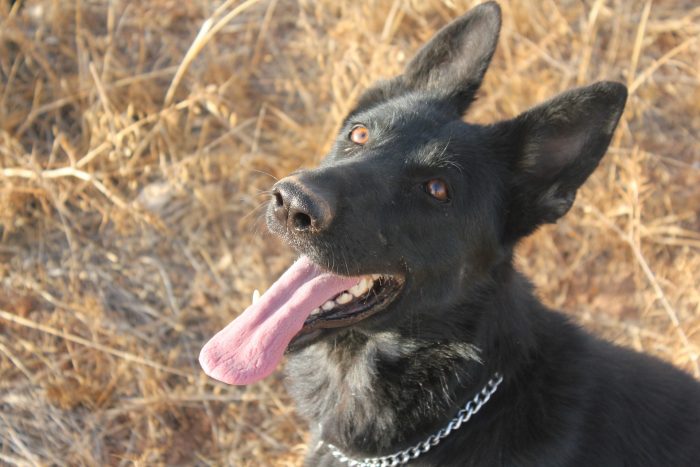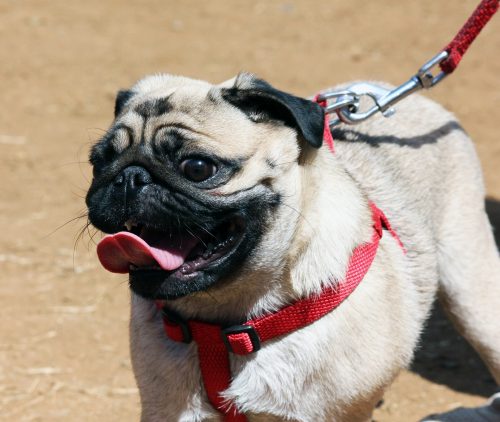Does your dog bark non-stop as soon as you leave the house or pause long enough to pee and poop on the floor and chew up your personal possessions? He may have separation anxiety.
Separation anxiety disorder can range from mild to extremely severe (referred to as separation panic.) If your pet’s behavior turns to an expression of distress after being left alone, he likely suffers from this condition.
Causes of Separation Anxiety in Dogs
You may unknowingly encourage separation anxiety in your pooch. When you make a big fuss when leaving or arriving, you are rewarding your dog’s concern with your absence, provoking more stress every time you walk out of the door.
While a change in routine can cause separation anxiety in dogs, boredom and lack of exercise can also be culprits. Retrievers are bred to carry, terriers to dig, and protection breeds to protect. In some cases, you could be holding your dog back from his natural instincts rather than nurturing them.
Signs of Dog Separation Anxiety
- They ignore their food while alone but gulp it down once you arrive home.
- They show stress and anxiety, such as whining and restlessness, around your departure.
- They focus their energy on trying to find an escape route
Training a Dog with Separation Anxiety
In an ideal world, training starts from the moment you first bring home your new puppy. From the beginning, you need to teach your puppy to be quiet and settled for increased amounts of time. Instead of picking him up every time she cries, reward the patient and calm moments instead. When your puppy is out of the crate, do not interact with them constantly. Instead, let him learn to entertain itself with toys.
If you’re dealing with separation anxiety in an adult dog, keep greetings and departures low-key. Typically, treatment for separation anxiety includes both medication and behavioral modification. The ultimate goal in behavior modification is to change your pet’s associations with your departure and gradually adapt the to longer and longer absences.
Spend time training your dog often and consistently, not just once or twice a week. Show your dog what you expect from him in and around the house, during daily routines. Teach them to sit at the door, give you their paw, lie down, and stay while you go out of sight.
Once he has mastered this, try increasing the amount of time he stays. Successful rehabilitation of separation anxiety starts with your dog learning what is expected. You and your family members are the pack leaders, and you need to act accordingly, as a leader.
Crate Training Your Anxious Dog
Crate training can be a good way to manage separation anxiety. When you are at home, have your pet become familiar with spending time in a crate. Start with short periods of time and then gradually increase the time he spends in it. Feed him in the crate and allow him to have his favorite toys and blankets in there, to make his crate a safe haven. The crate should be large enough for your dog to stand upright and have the ability to turn around and lay down effortlessly.
If your dog barks in the crate, curb his behavior by teaching him the word “quiet” and interrupting the barks. When you leave your home, do so quietly and do not provide cues. Go through your departure routine soundlessly and quickly – pick up the keys, open the garage door, and start your car. Then, come back inside and pay no attention to your dog. If he starts banging at the crate, ignore him and walk away.
Come back after your dog has quieted down and then command him to wait in the crate while you open the door. He should not come lunging out. If one action seems to particularly upset your dog, such as picking up your keys, do that action but do not leave. Familiarize your pet with the action until he accepts it.
Don’t get discouraged! You and your pet can overcome his separation anxiety with patience, consistency, and the proper training methods.






